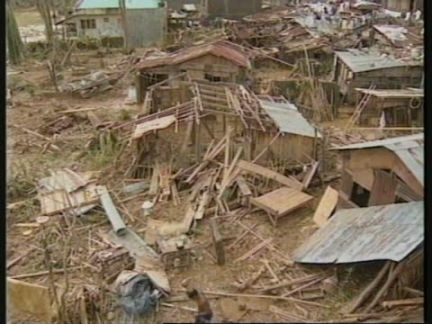Lest We Forget: The 1998 Havoc of Typhoon Babs (Loleng)
- Jadeson Ortega
- Oct 17, 2021
- 2 min read
During this time of the year in 1998, one of the strongest typhoons to ever hit the Philippines swept the central area of the country. Having initiated landslides and displacing many Filipinos, Typhoon Babs, locally known as Typhoon Loleng, made landfall.

Photo courtesy of Typhoon 2000
With strong winds at a speed of 160 mph, Loleng caused major outage in Catanduanes. Crops were also damaged and destroyed, with approximately 220,000 tonnes of rice rendered wasted and unusable. More than 400,000 houses were destroyed, leaving almost 30,000 citizens displaced. The total damage in pesos is around an estimate of Php 6.7 billion.

Photo courtesy of AP Archives
Around 80 percent of the buildings in Virac were also destroyed, and roofs flew everything. Casualties were tallied at 300.
The preparations of the country then were caught slightly offguard. The Philippine Atmospheric, Geophysical and Astronomical Services Administration (PAG-ASA) first issued warnings for both the Luzon and the Visayas, with Manila taking a direct hit. However, Loleng slighty shifted its course, and continued to go northern, where regions would suffer most.

Photo courtesy of AP Archives
Many residents stayed inside their vehicles when the typhoon struck. Ferries and flights were also cancelled. Aside from the downpour and the heavy waters, the winds were the most problematic of all.
The catastrophe of Typhoon Babs, or Typhoon Loleng is testament that although the technology we have can predict and prevent the maximum possible casualties and damage, our on-ground foundation of risk preparedness will consistently be put to test. As responsible agents of insurance and disaster preparedness, may we continue to come up and provide solutions to better arm and prepare the Filipino for the worse typhoons to come.
Sources:




Comments